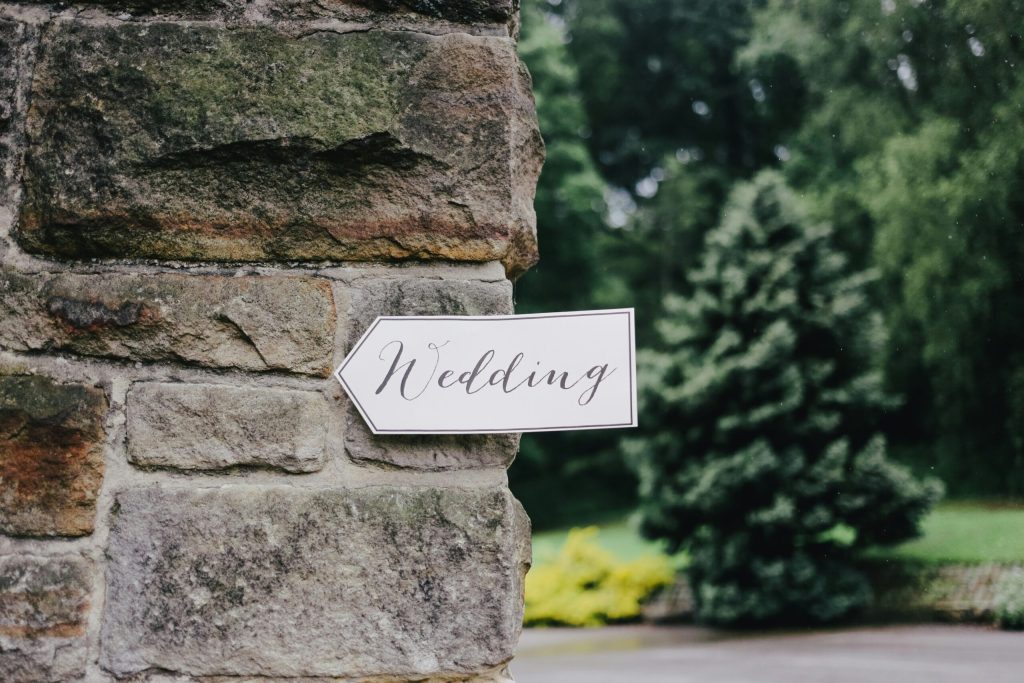Weddings are a beautiful celebration of love and commitment, and one of the significant aspects of planning such an event is getting the invitations just right. Understanding the etiquette surrounding wedding invitations can make the process smoother and help ensure that your guests feel both informed and appreciated. Let’s look at the key points of wedding invitation etiquette to help you navigate this important task with grace and a touch of playfulness.
Understanding Timing
Timing is everything when it comes to sending out wedding invitations. Typically, save-the-date cards should be sent out six to eight months before the wedding, especially if you have guests who will need to make travel arrangements. Formal invitations should follow suit about six to eight weeks before the big day. This timeline provides your guests with ample notice and time to RSVP, ensuring a more accurate headcount for the reception.
Crafting the Perfect Invite
Your wedding invitation is the first glimpse your guests will get of your wedding theme and style. It’s important to ensure that the design, wording, and overall presentation reflect the tone of your event. Choose an inviting color palette, elegant fonts, and carefully considered wording. Remember, clarity is key. Your invitation should clearly convey important details such as the date, time, venue, dress code, and any other relevant information.
For those seeking guidance on designing and wording, consider exploring resources on invites for your wedding reception. These can offer valuable tips on creating multiple guest lists and ensuring clear communication about which events guests are invited to.
Handling Plus Ones and Children
Deciding whether to invite plus ones and children can be tricky but setting clear boundaries can help eliminate confusion. If you’re allowing plus ones, be explicit in the invitation by adding “and Guest” to the addressed envelope. For children, a simple “Adult Only Reception” line on the invitation or insert can convey your wishes tactfully. Communication is key; make sure guests understand the specifics to avoid misunderstandings on the day of the event.
Addressing Invitations
Properly addressing your wedding invitations is an important detail that reflects your attention to etiquette and respect for your guests. When addressing envelopes, use formal titles and full names. For example, “Mr. and Mrs. John Doe” instead of “John and Jane Doe.” If you’re inviting someone with a guest, add “and Guest” after their name. Handwriting the addresses adds a personal touch, but you can also consider using calligraphy services for a more polished look.
Special Considerations and Cultural Sensitivities
If your guest list includes people from diverse cultural backgrounds, it’s important to be aware of any specific customs or traditions that might influence their RSVP or attendance. Offering translated invitations or including explanations of particular rituals can be incredibly thoughtful. Additionally, consider dietary restrictions and accessibility needs when planning your reception, and make sure to gather this information through the RSVP process.
RSVP Etiquette
RSVPs are vital for planning purposes, so make it as easy as possible for your guests to respond. Include a pre-stamped, self-addressed RSVP card with your invitation or provide an online RSVP option. Be sure to set a clear RSVP deadline, usually about three to four weeks before the wedding date. This will give you enough time to finalize numbers with your vendors. Polite follow-ups for guests who do not respond by the deadline are completely acceptable.
Final Touches and Follow-Ups
Once your invitations are sent, your primary focus should be on finalizing details and following up on RSVPs. Keep track of responses and make any necessary adjustments to your seating plan and catering counts. It’s also a lovely gesture to send a thank-you note or small token of appreciation to your guests after the wedding. This final touch helps to show your gratitude and leaves a lasting positive impression.
Dealing with Last-Minute Changes
No matter how well you plan, last-minute changes are sometimes inevitable. Whether it’s a guest canceling due to unforeseen circumstances or an adjustment in the venue, handle such changes with grace and prompt communication. Notify affected guests as soon as possible to minimize any inconvenience and ensure everyone is updated with the latest information.
Keeping a Record
Maintain a detailed record of your guest responses, preferences, and any special requirements. This will not only help in planning but also serve as a keepsake for your wedding memories. A digital spreadsheet or a wedding planning app can be useful for tracking all relevant information and ensuring nothing falls through the cracks. Keeping organized will contribute significantly to the overall success of your wedding day.
Incorporating Technology
Embracing technology can significantly improve your invitation and RSVP process. Consider creating a wedding website where guests can find additional details about the event, such as accommodation options, transportation, and itineraries. A digital RSVP option on the website can make it easier for guests to respond, thereby increasing the likelihood of timely RSVPs.
Conclusion
Mastering the etiquette of wedding invitations can seem overwhelming, but with careful consideration and a bit of flair, you can ensure your invitations are both beautiful and functional. These guidelines will help you navigate the process while adding your personal touch, making your guests feel valued and eager to join you in celebrating your big day. Remember, a well-crafted invitation sets the tone for an unforgettable wedding experience.
Read the full article here














